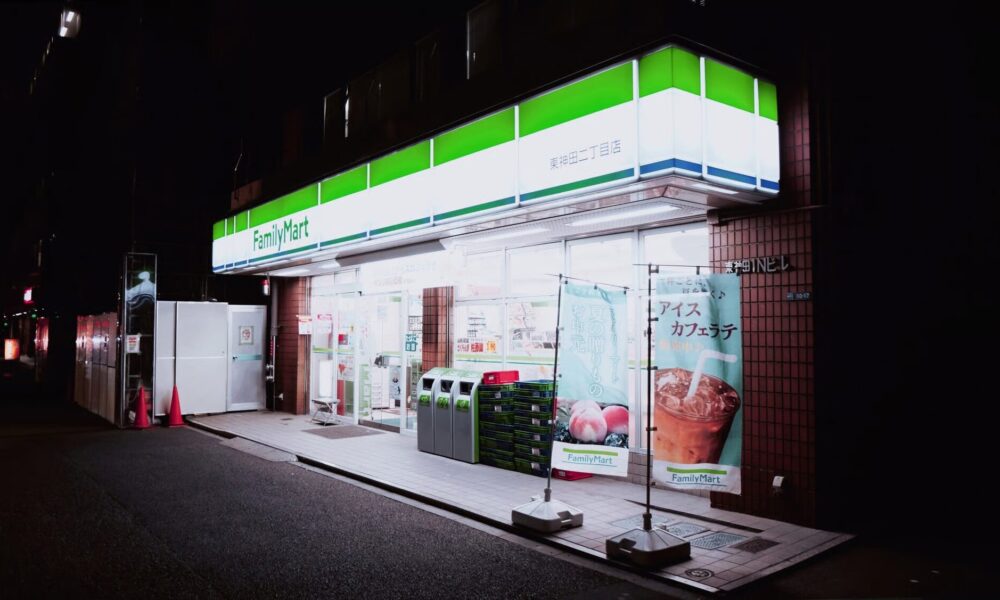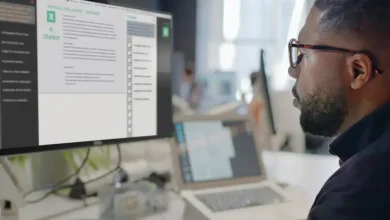Tips to Upgrade Your Business Roof with the Latest Innovations

A commercial roof is one of the most important components of any business property. It both protects the building’s interior and plays a major role in energy performance, occupant comfort, and long-term maintenance costs. With advanced technology and evolving materials, business owners have more options than ever to enhance the functionality and efficiency of their rooftops.
Upgrading a commercial roof goes beyond patching leaks or replacing shingles. It involves selecting systems that are compatible with your climate, business operations, and sustainability goals. When approached strategically, modern roofing solutions can result in fewer disruptions, better insulation, and even improved brand reputation through eco-conscious design.
Evaluate Your Current Roofing System
Before implementing new technology, it’s vital to assess the current condition of your roof. Start with a professional inspection to check for signs of aging, water infiltration, thermal inefficiency, or structural damage. The roofing system’s age, previous repair history, and overall performance help determine whether a complete overhaul is necessary or if upgrades can be layered onto the existing structure.
A comprehensive evaluation can also identify any issues that could impact warranty claims or compliance with local building codes. By understanding what’s working and what’s not, you’ll be in a better position to invest in upgrades that provide the highest return.
Consider Energy-Efficient Roofing Materials
Commercial roofing products are designed with energy performance in mind. Reflective roofing membranes, known as cool roofs, minimize solar heat gain by reflecting sunlight instead of absorbing it. This keeps indoor spaces cooler and reduces HVAC system strain, particularly in warmer climates.
Green roofing, where vegetation is planted over a waterproof membrane, is another trend gaining momentum. These systems help manage stormwater runoff, reduce the heat island effect, and contribute to better air quality. While they require a higher initial investment, they offer environmental benefits that align with corporate sustainability goals.
Other options like insulated metal panels or synthetic membranes are favored for their thermal resistance and low maintenance. To make informed decisions, it’s useful to compare roofing materials based on durability, cost, and energy impact. This approach allows for greater confidence when discussing solutions with contractors or stakeholders.
Integrate Smart Roof Monitoring Technology
As technology continues to impact every aspect of building design, roofing is no exception. Smart monitoring systems are becoming a popular choice among business owners who want real-time insights into roof performance. These systems use embedded sensors to detect leaks, measure temperature fluctuations, and assess structural movement.
By providing live data, smart monitoring tools allow for quicker responses to developing issues, reducing the risk of expensive repairs. They’re particularly useful in climates prone to heavy rainfall, snow, or extreme heat, where a small failure can escalate quickly.
Remote monitoring also enables better long-term planning. Data from sensors can be used to track wear and tear patterns, forecast maintenance needs, and justify capital expenditures with concrete evidence.
Improve Insulation to Reduce Operational Costs
A well-insulated roof is key to maintaining energy efficiency in any commercial space. Upgrading insulation materials during a re-roofing project offers an opportunity to align with higher performance standards. Polyisocyanurate boards, spray foam, and rigid foam panels are widely used in modern roofing systems due to their high R-values and resistance to moisture infiltration.
Poor insulation contributes to energy loss, uneven indoor temperatures, and increased utility bills. In contrast, high-quality insulation can improve indoor comfort for occupants, lower energy usage, and reduce the frequency of HVAC repairs.
When you plan your upgrade, it’s worth working with a contractor who can evaluate how much insulation your structure actually needs, rather than relying on outdated estimates.
Focus on Long-Term Maintenance Planning
Investing in a new or improved roof doesn’t end when the installation is complete. Long-term maintenance is a critical aspect of getting the most value from your system. That means scheduling regular inspections, cleaning debris from drainage systems, and monitoring for early signs of deterioration.
Implementing a preventive maintenance plan extends the life of the roof and helps maintain warranty coverage. Many manufacturers require documented maintenance to honor warranty claims, and failing to do so can lead to expensive out-of-pocket repairs.
Additionally, a proactive approach to roof care shows diligence and responsibility, which can build trust with clients and tenants alike.
Align With Local Climate and Environmental Goals
The right commercial roof upgrade depends heavily on your building’s location. In areas with intense sunlight, solar-reflective coatings or photovoltaic panels may provide excellent value. For regions with frequent rain or snow, durable membranes with reinforced seams and strong drainage systems are ideal.
Incorporating eco-conscious design can help businesses meet regulatory goals, secure tax incentives, and improve public perception. Whether it’s reducing runoff with a green roof or cutting emissions through better insulation, modern roofing choices support wider environmental responsibility.
Being aware of regional programs that offer rebates or support for energy-efficient upgrades can further offset installation costs and make the project more attractive financially.

Upgrading your business roof is a chance to invest in your property’s long-term functionality, efficiency, and environmental performance. Innovations in material science, smart monitoring, and energy management give business owners the tools to build smarter, more resilient commercial buildings.
The best results come from a strategy that blends expert insight with forward-looking design. When you’re ready to explore your options, it helps to compare materials with a focus on durability, thermal efficiency, and future adaptability. These considerations ensure your investment continues to deliver value well into the future.

Source: Tips to Upgrade Your Business Roof with the Latest Innovations



